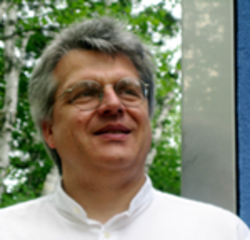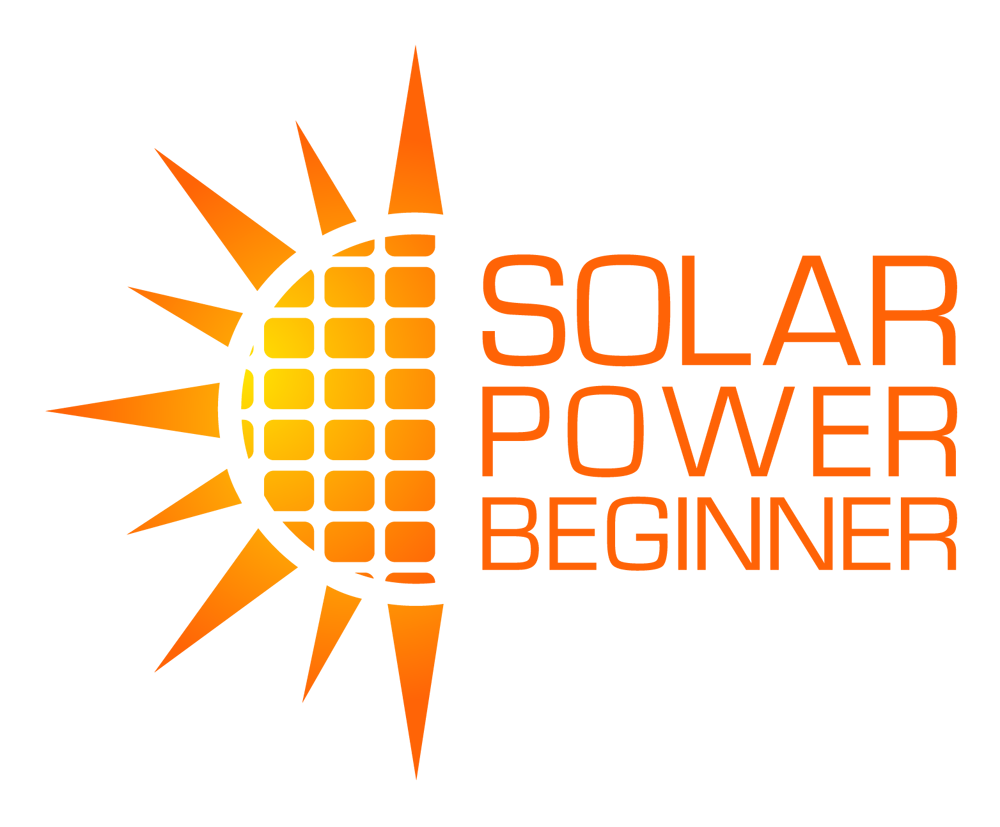Do you think passive solar power ever gets a little jealous?
In many ways passive solar energy is like the quiet sibling of solar electric power and solar thermal energy.
While all the attention is going to the rooftop photovoltaic panels and solar hot water heaters, passive solar is humbly doing its work in the background.
Thankfully things are changing, however, and the amazing benefits of passive solar energy are starting to get some much-deserved attention.
To learn more about what passive solar power is capable of and how it can heat your home without a furnace, we spoke with passive solar expert Stephan Tanner.
Stephan has more than 30 years of sustainable-design building experience including the design of Waldsee Biohaus, the first-ever certified PassivHaus building in North America.
Here’s what he had to say about passive solar power:
SolarPowerBeginner: The term passive house (Passivhaus in German) refers to the Passivhaus standard for energy efficiency in buildings. How did you first get involved with the design of these ultra-low energy buildings?
Stephan Tanner: I’ve been involved with leading-edge building projects, processes and technologies for more than 30 years, most recently as a principal of Intep (www.intep.com) – short for, “integrated planning” – our consulting firm founded in Switzerland in 1979. Our focus is on delivering high-performance, resource-efficient and sustainable buildings.
My first opportunity to apply this know-how in the U.S. arose from a request by the Dean of “Waldsee” – the German language village at Concordia Language Villages. He wanted to construct a leading-edge “environmental living center” to demonstrate modern, resource-efficient, German living.
Since the project’s major donor was the German Foundation for the Environment (www.dbu.de), the idea of “proving” this leadership vision by applying the German Passivhaus Standard (www.passivhaus.de) for this education building was a natural.

SolarPowerBeginner: The PassivHaus standard can generate an energy-use reduction of 85-90%. What are the elements of a Passive House that allow for this incredible reduction in energy use?
Stephan Tanner: The PassivHaus standard is based on making a traditional heating system obsolete.
This is accomplished by pushing the concept of super insulation (max. heating energy of 15kWh/yr) along with building air tightness (≤0.6 air exchanges at 50Pa) and passive heat gains (new window technology) to a particular heat load.
The result is an 85-90% reduction in heating energy.
SolarPowerBeginner: The windows of a Passive House are oriented towards the equator to maximize passive solar gain. How important is this orientation in achieving the Passivhaus standard?
Stephan Tanner: Good architectural design always considers orientation, building massing, internal zoning and window design. But those considerations do not make or break PassivHaus performance.
For example, the PassivHaus standard has lead to the development of new technologies like windows that can be net-positive for heating.
Even in northern Minnesota winters, with temperatures dropping way below zero, the south facing windows (currently imported from Europe) achieve this goal and actually become passive heaters or “free” energy.
SolarPowerBeginner: You designed Waldsee BioHaus in Minnesota which was the first-ever certified PassivHaus building in North America and has been called the most energy efficient building ever built in the United States.
In achieving this passive solar power milestone, what challenges had to be overcome with respect to the harsh Minnesota climate?
Stephan Tanner: One of the challenges was finding cost-effective solutions to meet the Passivhaus requirements such as the high envelope R-value.
Example: we juxtaposed a traditional insulated wood wall assembly (20”) with the use of 2” of vacuum insulation panels VIPs (R-60) insulated wall assembly. But the real challenge was the need for quality control.
When I asked Gary Nelson of Energy Conservatory, a leading expert and good friend, what he thought about the goal of achieving the building air tightness of ≤0.6 air exchanges at 50Pa (a typical home would be in the 3 to 5 air exchanges at 50Pa) he answered: “No chance!”
Given the new PassivHaus concepts, the difficulty for many North American building professionals is in understanding the simultaneous interplay of building science, keeping design-solutions simple and implementing them during construction with all players.
Actually, that’s why we created Intep: maintaining these essentials throughout the process to achieve breakthrough performance is Intep’s core competence.
SolarPowerBeginner: One of the elements of a PassivHaus building is an airtight building envelope. Many people fear that this will cause poor air quality yet BioHaus won the Minnesota Environmental Initiative award for Air Quality and Climate Protection.
How does the air stay fresh in a passive house?
Stephan Tanner: The PassivHaus standard requires a ventilation system that brings in fresh air (and does not recirculate any) with a very efficient heat recovery system – above 80%, resulting in excellent indoor air quality.
In general, a PassivHaus standard building is a new breed of building that proves less is truly more – or in other words – using a lot less energy can achieve a new level of comfort, even in frigid Northern Minnesota winters.
Trust me: there is no need for a sweater in this building!
SolarPowerBeginner: You’re a passive solar power expert and a big believer in conservation first, alternative energy second. In other words, our energy issues are more on the demand side than the supply side.
How does the mission of the “2000 Watt Society” match your focus on conservation?
Stephan Tanner: In my opinion, The 2000-Watt Society is currently the only energy vision in the world. The reason why is the question asked: “How much energy do we need with today’s known technology to sustain our standard of living?”
The answer is 2000 watts of continuous energy per person, or in other terms, twenty 100-watt light bulbs burning continuously for all aspects of our lives. Given this equation, we in the U.S. currently use about 12,000 watts per person. This may mean that we are very cost effective but at the same time, also very resource inefficient.
If we add the issues of global warming to this topic – that is CO2 stabilization – then the answer here is 500 watts of fossil- based fuel, we can really see the hole we’re in and how little we currently know or are doing.
Knowing that buildings consume about one third of the energy in our society, I believe that as an architect, I have a responsibility to help solve the challenge ahead.
It’s also why I say with a clear certainty that the PassivHaus Standard should be not the goal, but rather, the minimum we all should build to.
For more on passive solar power check out Intep or Stephan Tanner’s Blog
Also, check out the SolarPowerBeginner page on passive solar power
